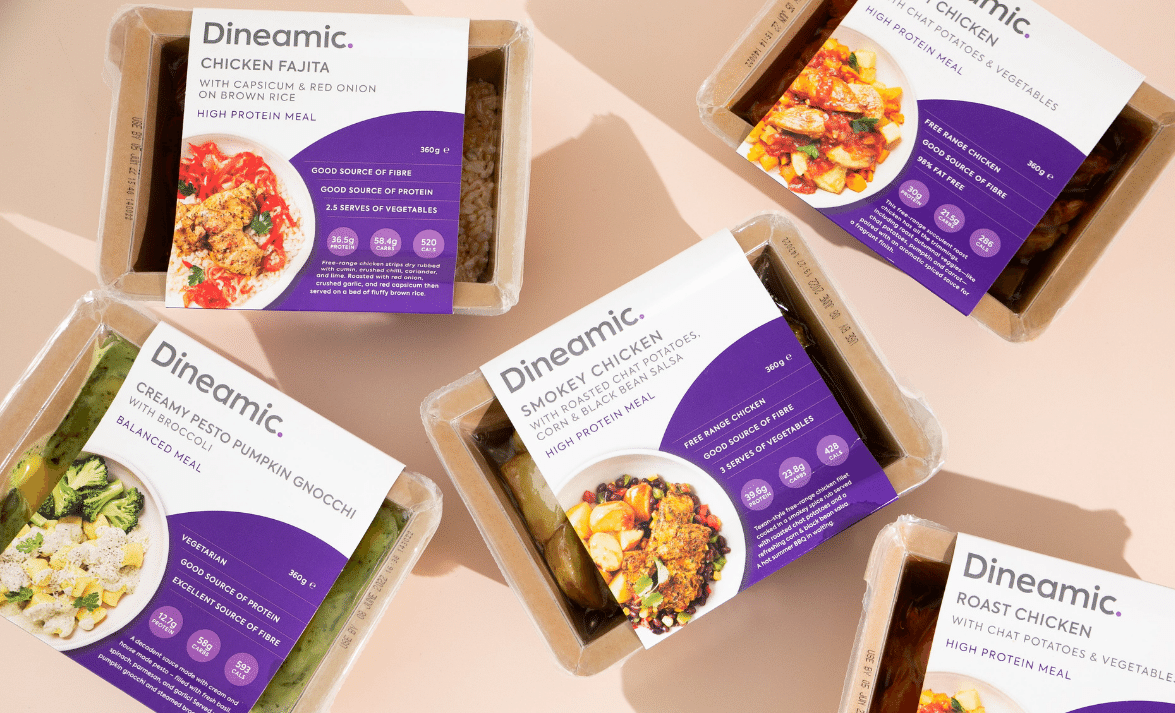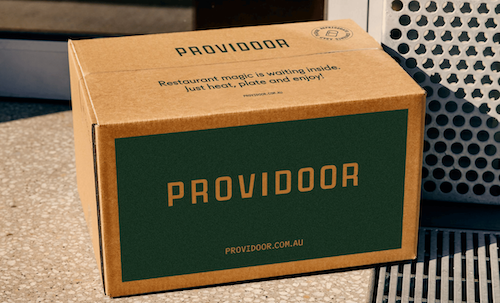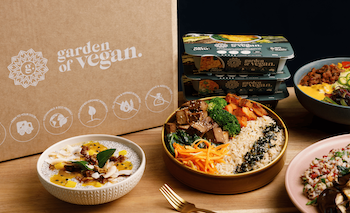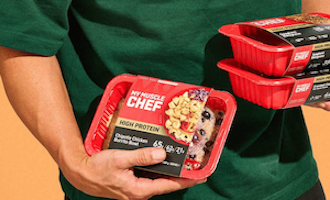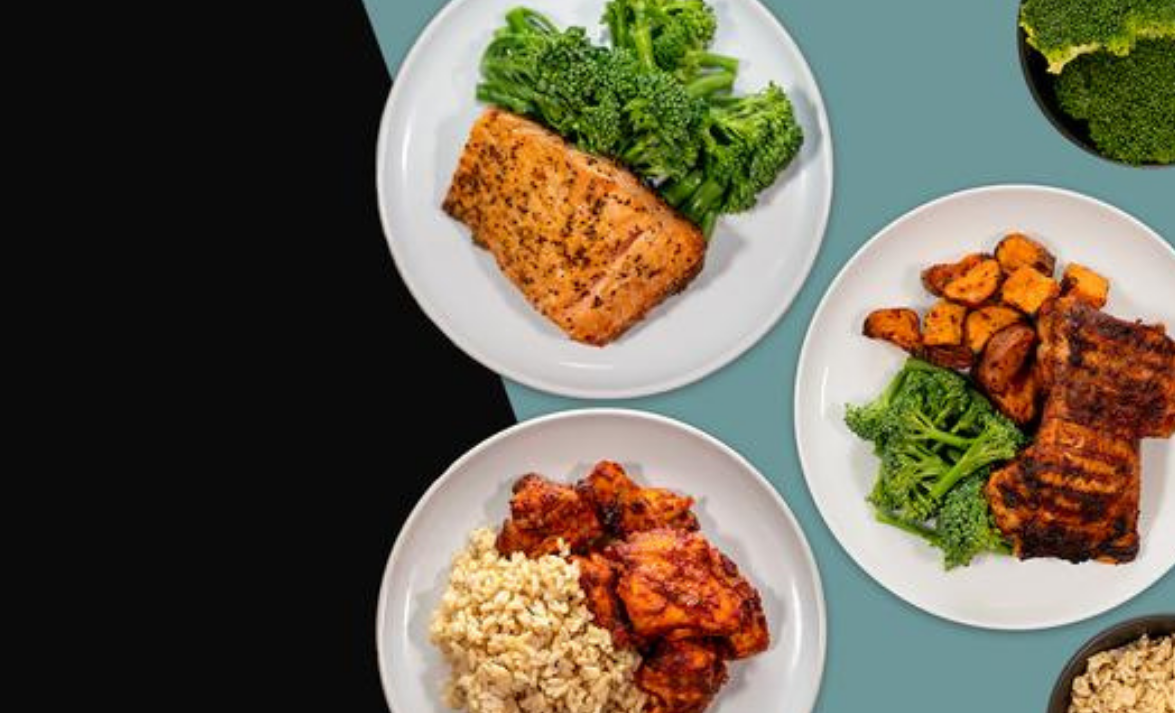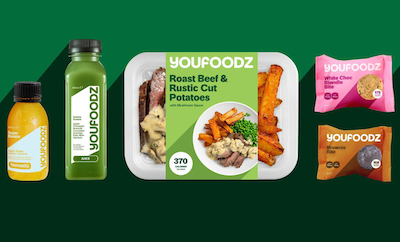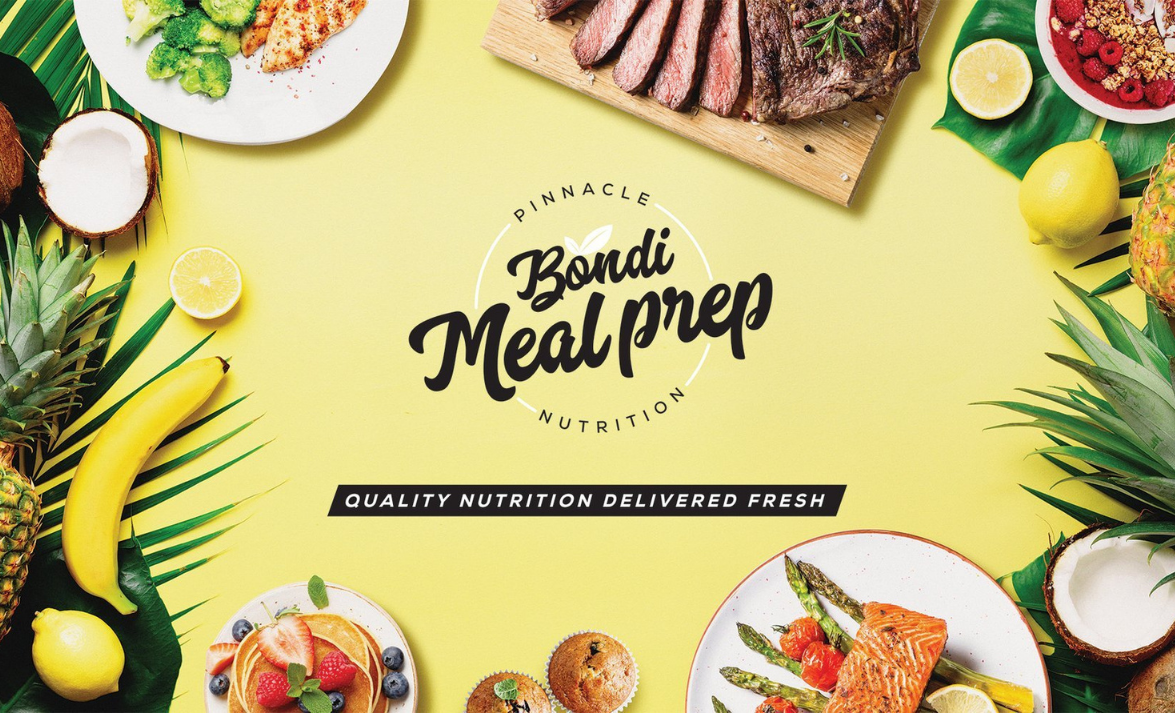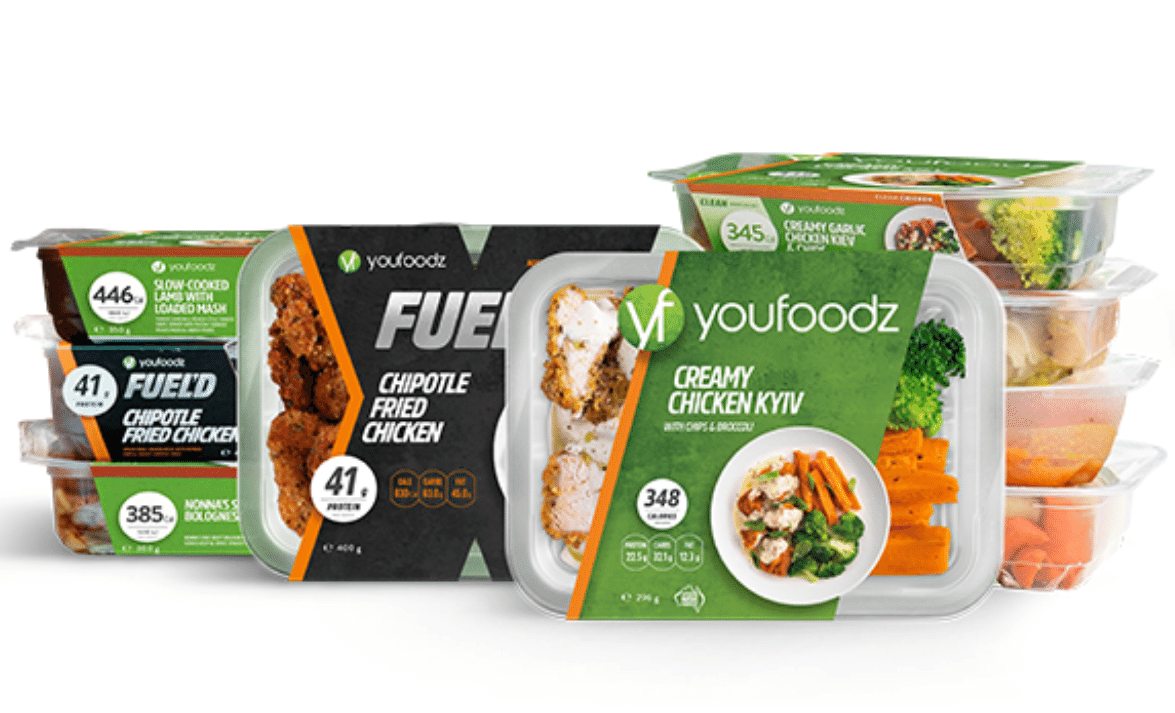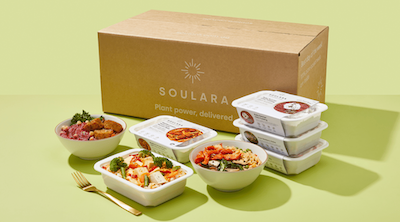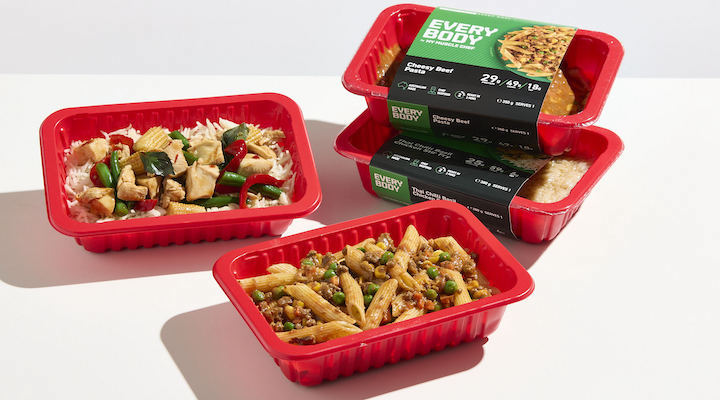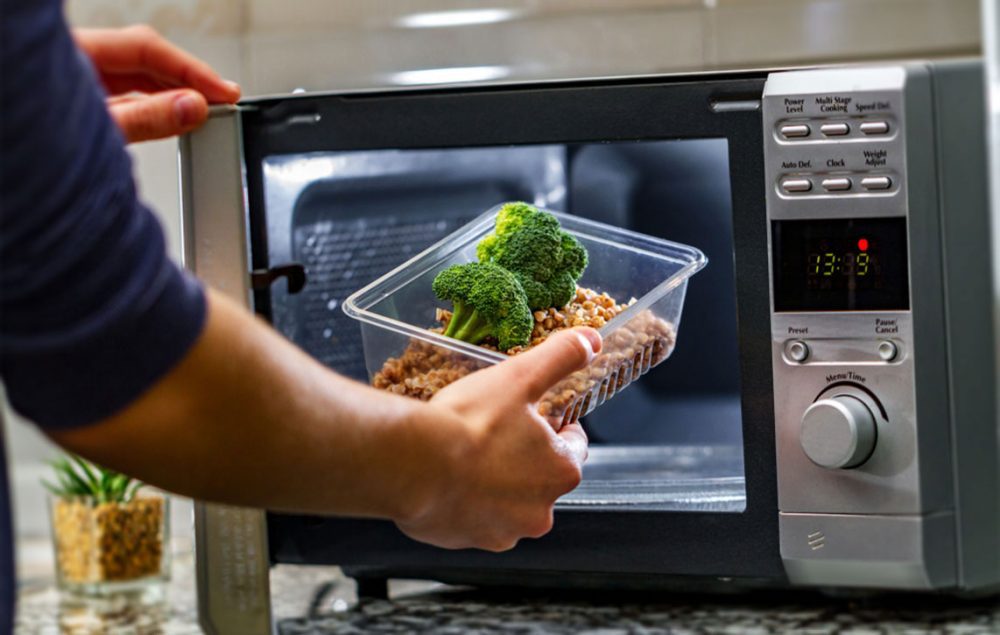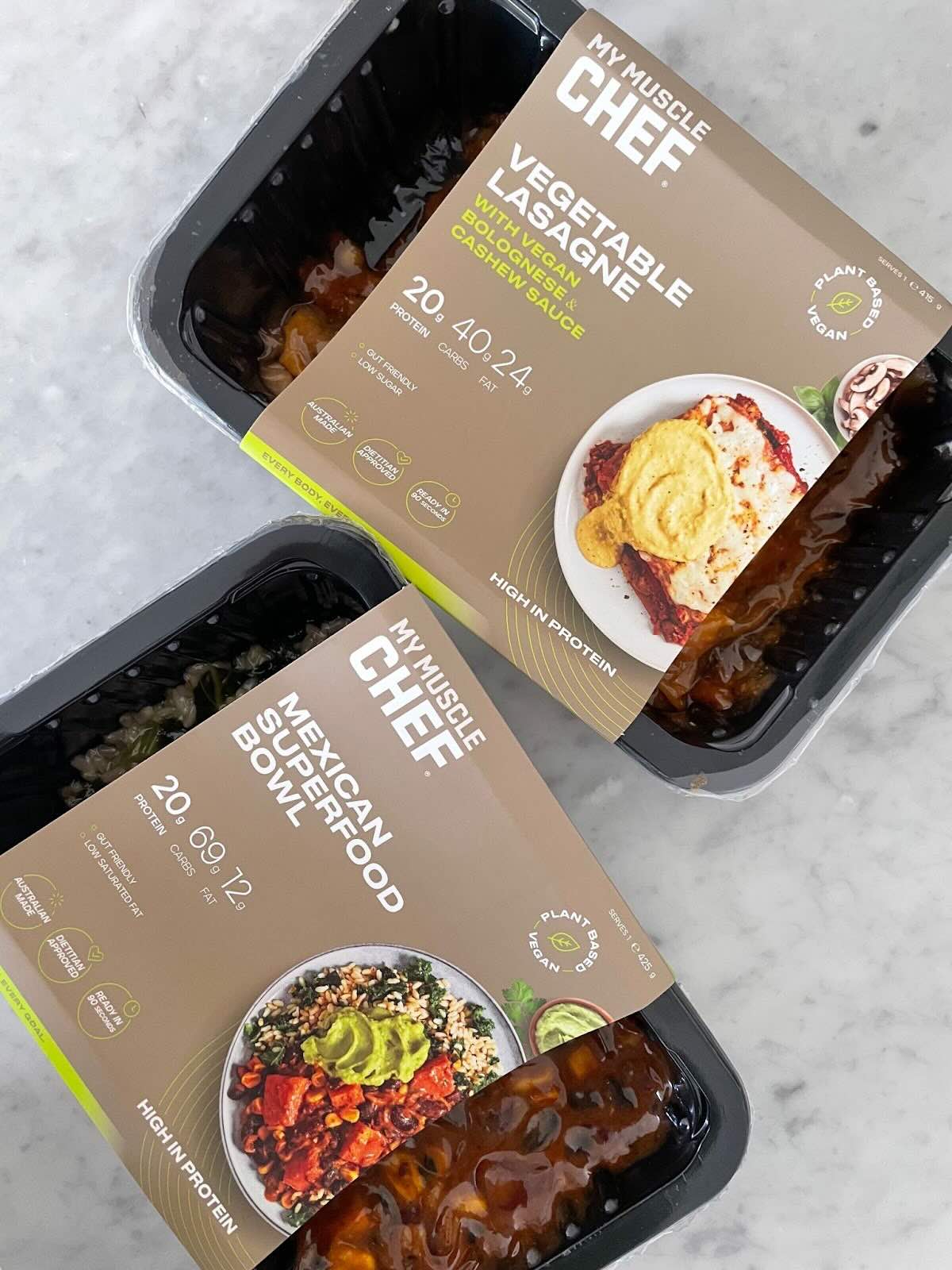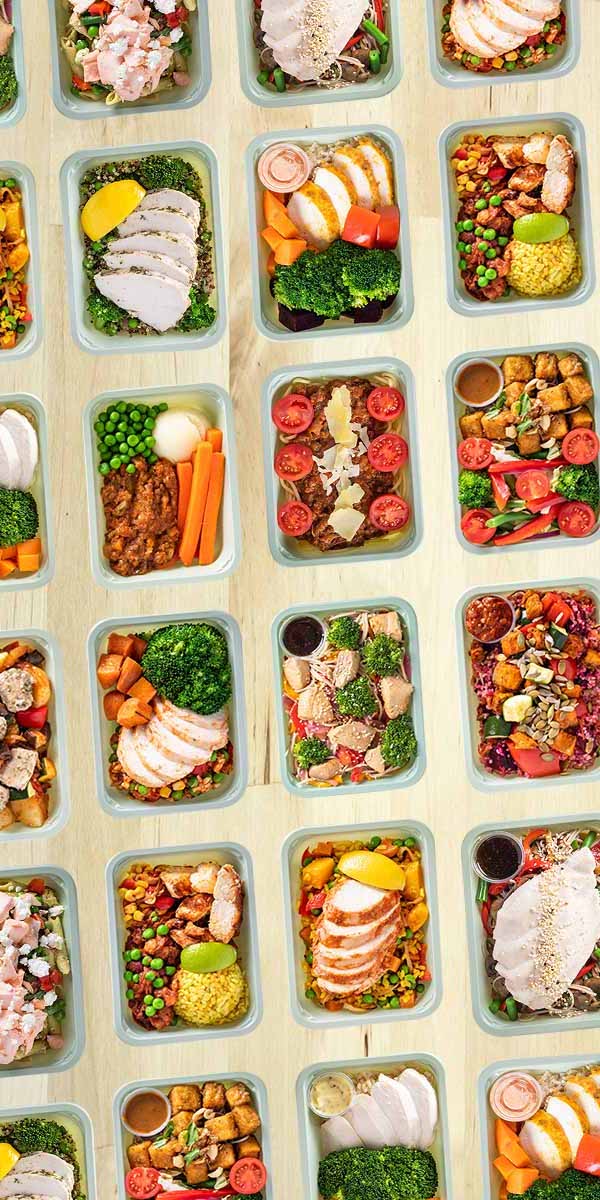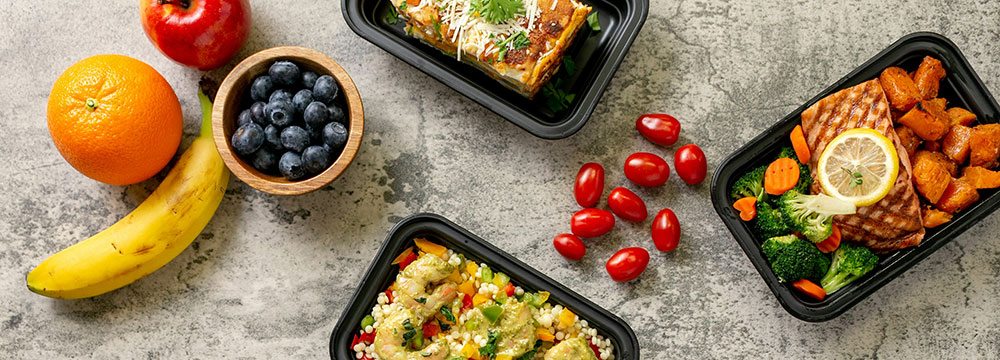- Meal Delivery
Shop by Category
TOP PROVIDERS
POPULAR SEARCHES
Meal Finder Tool

Use our meal finder quiz to find the best meal delivery service for you.
- Vitamin & Supplements
- Deals
- About
- Blog
Microwave Meals
Microwave Meals
Explore a variety of microwave meal delivery options tailored to your tastes and dietary needs. Search and compare microwave meals that are suitable for individuals, couples and families. Learn more about how to find the tastiest and best microwave meal plans offered in Australia.
Get personalised meal recommendations
Compare Microwave Meals
Advertiser Discolure Advertiser DiscolureActivate Foods offers a selection of wholesome, ready-made frozen meals focusing on quality ingredients and balanced nutrition. Their range of …
NSW
$10.50/serve
$40 off across your first two boxes Get Deal
Dineamic is a carbon neutral company that sources local ingredients to create delicious, ready-made meals. Dineamic offers a selection of …
NSW, VIC, ACT, QLD, SA, WA, TAS
$11.50/serve
Gourmet meals are created following the Australian Guidelines for Healthy Eating and the Food Standards Australia and New Zealand. They …
NSW, VIC, ACT, QLD, NT, SA, WA, TAS
$10.55/serve
Providoor supplies restaurant quality, snap frozen meals that preserve the flavour and freshness of the food. Featuring meals prepared by …
NSW, VIC, QLD
$13.00/serve
We Feed You create healthy, ready-made meals delivered frozen. Meals are prepared by chefs and Nutritionists and use high-quality, local …
NSW, VIC, ACT, QLD
$11.95/serve
Workout Meals are designed for time-poor, fitness-focused individuals. Designed by experts, Workout Meals provide you with the required nutrition you …
NSW, VIC, ACT, QLD
$11.30/serve
$200 OFF Your First 8 Orders Get Deal
Soulara is a 100% vegan, plant-based meal delivery service with all meals, drinks and snacks free of any animal products.
NSW, VIC, ACT, QLD, NT, SA, TAS
$10.90/serve
$20 OFF when you spend $100 Get Deal
100% fully vegan meals that are certified organic, whole-food, gluten-free and oil-free. Shop a rotating menu using fresh and local ingredients.
NSW, VIC, ACT, QLD, SA, TAS
$12.95/serve
Save up to $120 on your first 6 orders! Get Deal
The My Muscle Chef Keto Friendly Pack is a dedicated keto menu featuring 5 Keto meals, protein shakes and protein bars.
NSW, VIC, ACT, QLD, SA, WA
$10.95/serve
High-quality, flavourful and delicious meals that are convenient and affordable. High Protein, No Added Gluten, Vegetarian, Vegan, and Dairy Free.
NSW, VIC, ACT, QLD, SA, WA, TAS
$11.00/serve
Free shipping over $50! Get Deal
A Life Plus creates delicious and healthy meals to suit your needs. They provide home-style cooking and ready-to-eat meals for breakfast, …
NSW, VIC, ACT, QLD, SA, WA, TAS
$13.00/serve
15% off your order! Get Deal
All dishes are 100% vegan and crafted with fresh and authentic ingredients and use plant-based proteins.
NSW, VIC, ACT, QLD, SA
$11.95/serve
$30 off first purchase! Get Deal
Dietitian-approved meals based on the ketogenic diet and are low-carb, calorie-controlled and nutrient dense. 800-900 calories per day.
NSW, VIC, ACT, QLD, SA, WA
$8.30/serve
30% off your first order and 20% off your next order! Get Deal
Chef Good’s Personal Best Plans include calorie controlled plans for 1200, 1500 or 1800 calories. These plans are ideal for …
NSW, VIC, ACT, QLD, SA
$7.16/serve
$30 off your first order! Get Deal
There are 2 Keto friendly lunch and dinner packs available that are diet-focused and tailored to meet individual needs.
NSW, VIC, ACT, QLD
$11.55/serve
Athlete’s Nutrition focuses on fueling elite Australian athletes with healthy chef-prepared meals that are nutritionally balanced, calorie controlled and high …
NSW, VIC, ACT, QLD
$10.95/serve
Up to $200 off your first 5 boxes! Get Deal
Create your own Low Calorie meal plan. Youfoodz Low Calorie meals are under 400 calories/meal.
NSW, VIC, ACT, QLD, NT, SA, WA, TAS
$8.49/serve
Get 10% Off Your Order! Get Deal
Bondi Meal Prep creates freshly prepared and healthy quick weight loss meals. Each meal includes optimum ratios of protein, fats …
NSW, VIC, ACT, QLD
$12.90/serve
$30 off your first order Get Deal
Gourmet Dinner Service prioritizes making healthy meals with 100% real ingredients ridiculously convenient. Founded by masterchef Janel Horton, Gourmet Dinner …
NSW, VIC, ACT, QLD
$14/serve
Save $150 Across 5 orders! Get Deal
MACROS Balanced plan helps you to eat healthy, every day. All meals are dietitian designed and include healthy and balanced …
NSW, VIC, ACT, QLD, SA, WA
$9.65/serve


